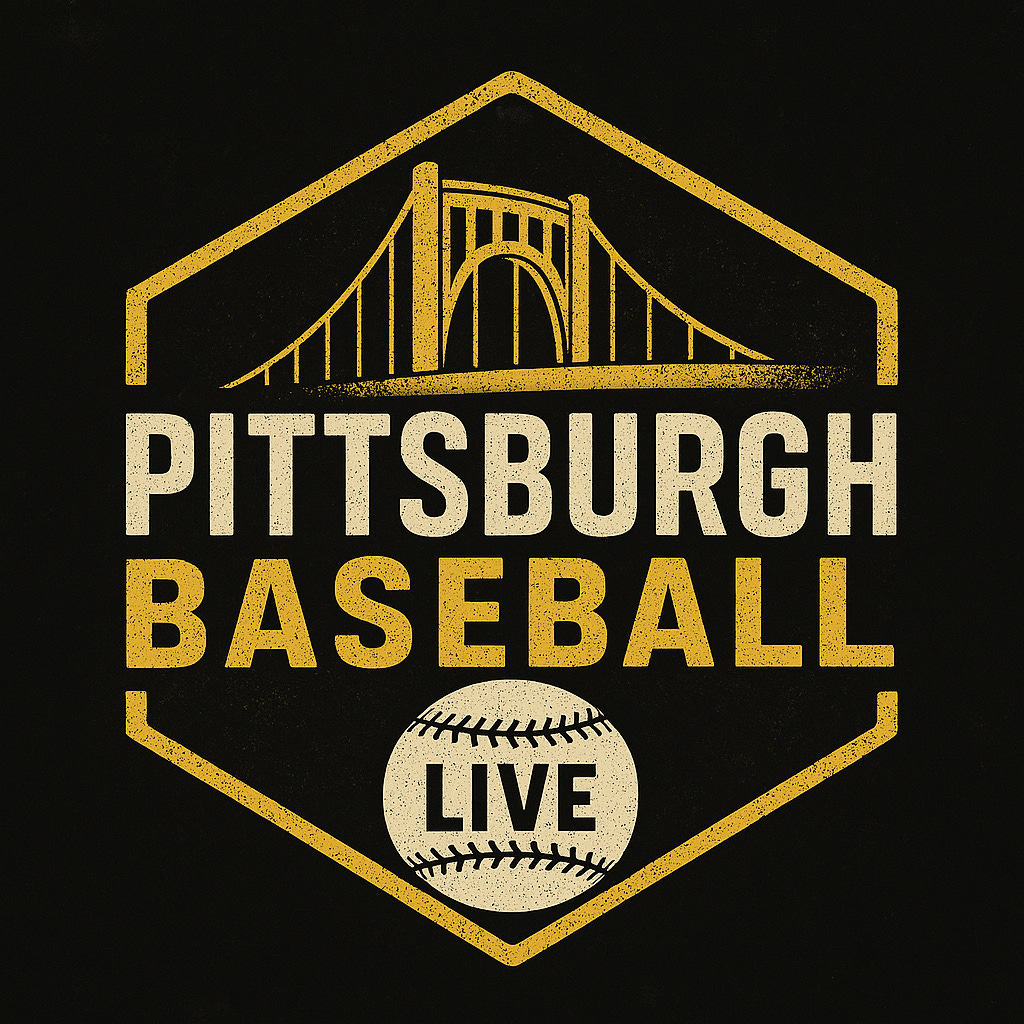
Pittsburgh Baseball Live
The new project from Tim Williams, the creator of PiratesProspects.com.
By subscribing, I agree to Substack’s Terms of Use and acknowledge its Information Collection Notice and Privacy Policy

The new project from Tim Williams, the creator of PiratesProspects.com.